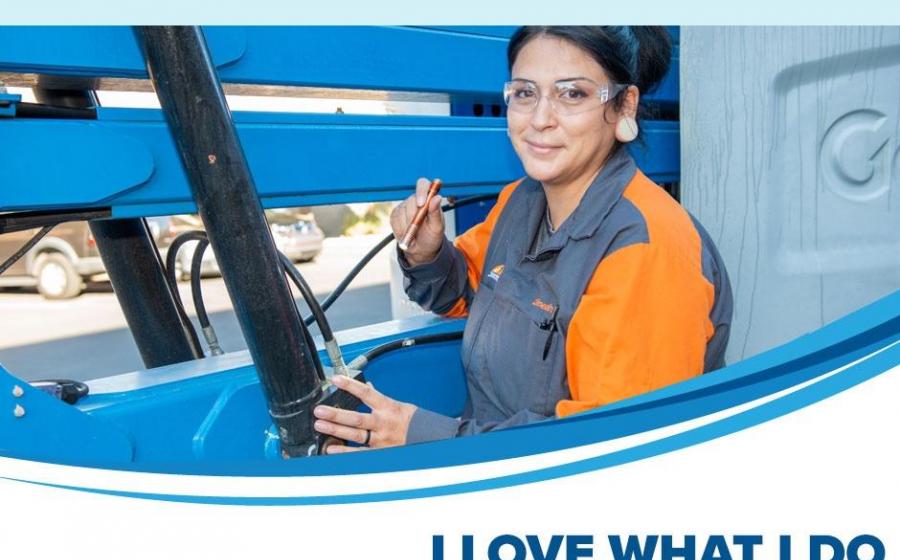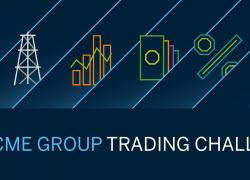BookTrib’s Bites: Four More Great Reads to Contemplate
 “ONE! The Evolution of Civilization”
“ONE! The Evolution of Civilization”
by Jay Horowitz
Join the author in his exciting journey while he investigates the history and development of human civilization from early prehistoric human existence through the present and into the future. Explore the great philosophical questions of our very existence: Why? How?
Review the Human Element and the Wonders of Nature. This book analyzes the origin and future of religion, politics, discrimination, war and peace. Following the exposition and analysis of these controversial topics, we reach our grand conclusion. If we consider Darwin’s “Evolution of the Species” as an explanation of the hardware of the human animal, Horowitz’s book might be an explanation of the software -- two theories that are compatible, complementary and symbiotic.
Purchase at https://onetheevolutionofcivilization.com.
 “Undefined: More Than the Sum of Losses”
“Undefined: More Than the Sum of Losses”
by Michelle Lee Graham
The inspiring story of a birth mom who shows true courage in the face of overwhelming tragedy. Teen pregnancy is never easy. But when it is the result of pregnancy through rape, the public shame becomes even more unbearable.
World-class lifestyle coach Michelle Graham overcame her fear of the unknown and of those shaming her by holding onto her faith in dark times. She weathered the stormy family relationships that accompanied the teen pregnancy and pursued a Christian adoption. Her troubles were far from over, but she committed fully to being the best birth mom she could be. Demonstrates empowerment for women in dealing with the people shaming her through standing up for herself and making the right choices.
Purchase at https://amzn.to/3t7Xkoq.
 “Your Life -- Your Way”
“Your Life -- Your Way”
by Joy Nugent
This book speaks to the unique character of each final human journey, enfolding a wide philosophy of care and a comprehensive range of practical measures with which to address the physical, emotional and spiritual needs of those facing terminal illness. It contains a wealth of wisdom and guidance for those experiencing the last phase of life and for those professionals privileged to be members of their caring team.
Conquering the fear of death and being an active participant in all of life has wide-ranging benefits for humanity. A remarkable compendium by the author reflecting the authority of half a lifetime’s active, professional presence at the bedside of dying persons, bringing comfort, support and new confidence to patients, families and carers.
Purchase at https://amzn.to/3t6Osj4.
 “Whole Body Prayer: The Life-Changing Power of Self-Healing”
“Whole Body Prayer: The Life-Changing Power of Self-Healing”
by Yan Ming Li
“The same energy that created stars and galaxies lies dormant within your belly.”
So begins Master Yan Ming Li's spellbinding memoir recounting the challenges of growing up as a spiritually gifted child in a land where exploration of the unseen realms was forbidden. Like a Chinese Harry Potter, Li found solace in a mysterious and powerful force he called the Light.
But this is not a work of fiction. It’s a true story. In the pages of this book, we learn how we can gain access to this benevolent, healing and boundless Light. The book is a meditation and healing technique developed by Li that returns us to “original spirituality” by combining ancient practices from the world’s major religions.
Purchase at https://amzn.to/3GLii2b.
NOTE: BookTrib’s Bites is presented by Booktrib.com.

 -
- 
 - Millions of Americans will start or return to college this fall, pursuing an education that they hope will lead to successful careers. Among them are students who aspire to become the next generation of financial planning professionals, equipped with the knowledge and skills to provide competent, ethical financial advice.
- Millions of Americans will start or return to college this fall, pursuing an education that they hope will lead to successful careers. Among them are students who aspire to become the next generation of financial planning professionals, equipped with the knowledge and skills to provide competent, ethical financial advice. 
 - The need for skilled technicians in the workforce continues to rise, but many people are unaware of the degree of financial success and personal satisfaction that skilled technicians find in their careers.
- The need for skilled technicians in the workforce continues to rise, but many people are unaware of the degree of financial success and personal satisfaction that skilled technicians find in their careers. 
 - Marine Toys for Tots is the Nation’s flagship children’s Christmastime charity, but the Program extends to helping children and families year-round. As children prepare for the new school year, the Toys for Tots Literacy Program continues its successful Back to School Books campaign, which distributed over 500,000 books to Title I funded schools last year. The Department of Education, through Title I of the Elementary and Secondary Education Act, provides financial assistance to schools with high percentages of children from low-income families to help ensure that all children meet challenging academic standards.
- Marine Toys for Tots is the Nation’s flagship children’s Christmastime charity, but the Program extends to helping children and families year-round. As children prepare for the new school year, the Toys for Tots Literacy Program continues its successful Back to School Books campaign, which distributed over 500,000 books to Title I funded schools last year. The Department of Education, through Title I of the Elementary and Secondary Education Act, provides financial assistance to schools with high percentages of children from low-income families to help ensure that all children meet challenging academic standards. 
 - Looking for a family getaway that’s anything but ordinary? Look no further than Plano, where Texas-sized fun comes without big-city hassles or price tags. Just 20 minutes from DFW airport, Plano offers the perfect mix of outdoor thrills, indoor fun, colorful festivals and tempting eats. Walkable lodging, entertainment and dining areas make it easy to strike the right balance between recreation and relaxation. Here’s a head start on planning your family adventure in Plano:
- Looking for a family getaway that’s anything but ordinary? Look no further than Plano, where Texas-sized fun comes without big-city hassles or price tags. Just 20 minutes from DFW airport, Plano offers the perfect mix of outdoor thrills, indoor fun, colorful festivals and tempting eats. Walkable lodging, entertainment and dining areas make it easy to strike the right balance between recreation and relaxation. Here’s a head start on planning your family adventure in Plano:  -
-  “Tune in Tomorrow”
“Tune in Tomorrow”  “The Third Way”
“The Third Way” “Cobblestones, Conversations and Corks”
“Cobblestones, Conversations and Corks” ”
”
 - Accidents happen: you hurt your shoulder fixing that broken gutter or throwing a baseball, develop carpal tunnel syndrome from your less-than-ergonomic work-from-home setup, or you suffer from painful tendon or joint conditions such as arthritis.
- Accidents happen: you hurt your shoulder fixing that broken gutter or throwing a baseball, develop carpal tunnel syndrome from your less-than-ergonomic work-from-home setup, or you suffer from painful tendon or joint conditions such as arthritis. 
 - The scorching sun is the major reason that skin cancer is the nation’s
- The scorching sun is the major reason that skin cancer is the nation’s 
 - Maaco, the iconic American body shop, is celebrating 50 years of affordable auto body paint and repair with a Labor Day giveaway -- 50 pairs of gold Ray Ban sunglasses.
- Maaco, the iconic American body shop, is celebrating 50 years of affordable auto body paint and repair with a Labor Day giveaway -- 50 pairs of gold Ray Ban sunglasses. -
-  “Waves of Hope”
“Waves of Hope” “The Winning Playbook”
“The Winning Playbook” “Bit Flip”
“Bit Flip” “There Will Be Lobster”
“There Will Be Lobster” 

